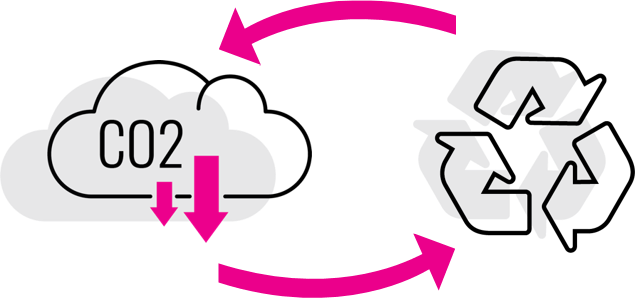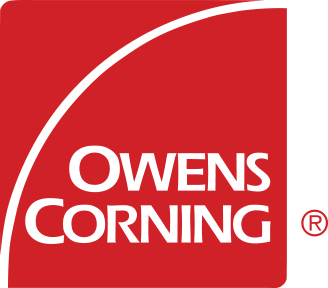Owens Corning's Product Handprint: 2030 Sustainability Targets and Progress

Originally published in Owens Corning's 2020 Sustainability Report
2030 GOALS FOR THE CIRCULAR ECONOMY
By 2030: Establish viable circular economy business models involving our materials and how they are used by collaborating up and down the supply chain, with customers, suppliers, communities, academics, policy makers, government entities, and other organizations.
Increase recycled content and decrease virgin raw materials used in our products.
Develop technical solutions and practical business models for our product materials and packaging to continuously be used for beneficial purposes even after they are no longer used for the original purpose.
For more information about our initiatives in this area, see the Circular Economy chapter.
2030 GOALS FOR PRODUCT INNOVATION & STEWARDSHIP
By 2030: We intend to offer the most recognized and preferred products for sustainability.
To meet this ambitious goal, we are striving to implement strategies to help ensure our products deliver:
- The lowest impact with respect to embodied carbon among all available options.
- Minimal Life Cycle Assessment (LCA) impact, including products that feature high use of recycled and renewable materials and are designed for end-of-life recyclability and/or reuse.
In addition, we intend to collaborate with our suppliers to increase transparency around the raw materials we use in our products. This helps us understand and control the impact of our products — and enables us to share that information with our customers so they can do the same.
For more information about our initiatives in this area, see the Product Innovation & Stewardship chapter.
2030 GOALS FOR SUSTAINABLE GROWTH
By 2030: Design our products for recycling or reuse to optimize the impact of our products over their entire life cycle from raw materials to disposal.
In 2020, we achieved $7.1 billion in sales, which exceeded our expectations given the COVID-19 pandemic. Through our successes in the past year, we remain well-positioned to advance our overall product handprint aspirations for contributing to a circular economy model, ensuring collaboration throughout our supply chain, and delivering product innovation and stewardship in the years to come.
2030 GOALS FOR SUPPLY CHAIN SUSTAINABILITY
Over the next decade, we will collaborate with our suppliers to increase transparency around the raw materials used in our products. Through these partnerships, we will also reduce greenhouse gas emissions related to our purchased materials and services.
By 2030, we will have cut these emissions by 30%. In addition, 100% of our global sourcing team will be trained and recertified annual on sustainability.
As we look ahead to 2030, we will also anticipate 100% compliance with our Supplier Code of Conduct among our suppliers, and we will continue to prioritize supply chain partners that share our commitment to sustainability in all its forms.
Reduce absolute Scope 3 greenhouse gas by collaborating with our suppliers to cut these emissions by 30%.
The reduction in Scope 3 emissions is due to a decrease in downstream transportation and a slight, but not insignificant, decline in business travel and employee commuting due to the COVID-19 pandemic.
100% of our global sourcing team will be trained and recertified annually on sustainability.
A tool has been implemented across global sourcing and will be used in category strategies going forward. Traning was conducted either in-person or online with 100% of global sourcing members.

